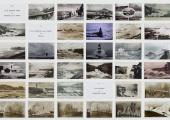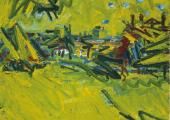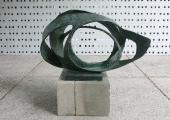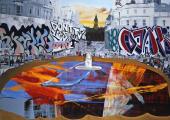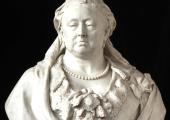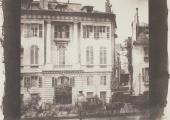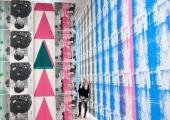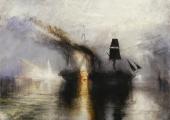Susan Philipsz: War Damaged Musical Instruments, Tate Britain
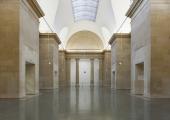
A hauntingly evocative sound installation marking World War One
Tate Britain’s Duveen Galleries are currently filled with a hauntingly beautiful sound installation by Susan Philipsz (main picture). The Scottish artist won the Turner Prize in 2010 for a sound piece that didn’t really work at the Tate. Intended to be heard under the bridges spanning the River Clyde in Glasgow, the recording of Philipsz's fragile voice singing sad folk songs was largely drowned out by ambient noise.

